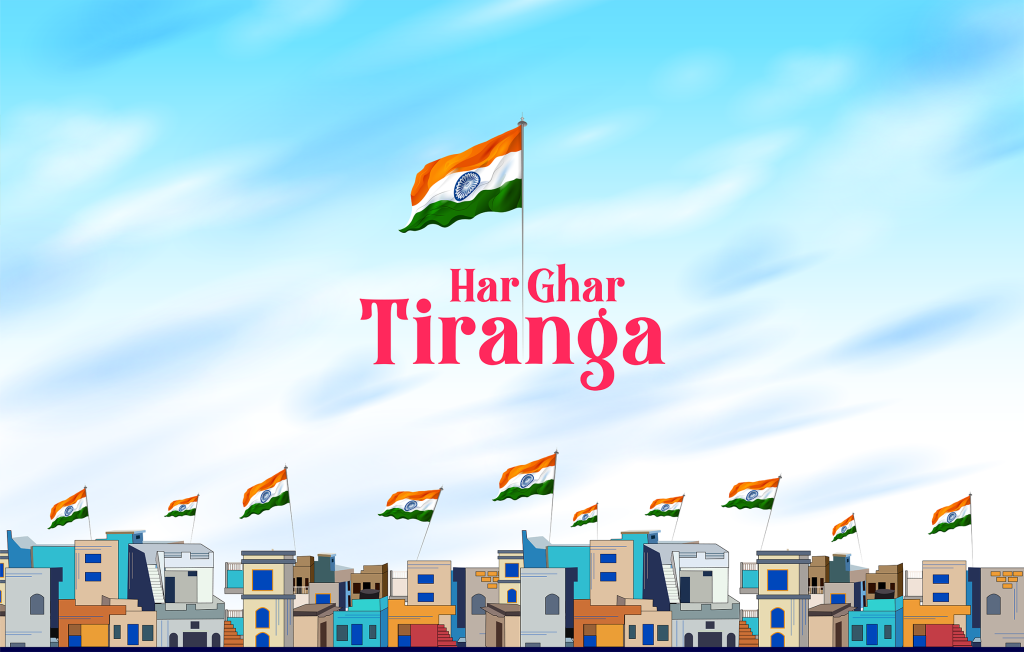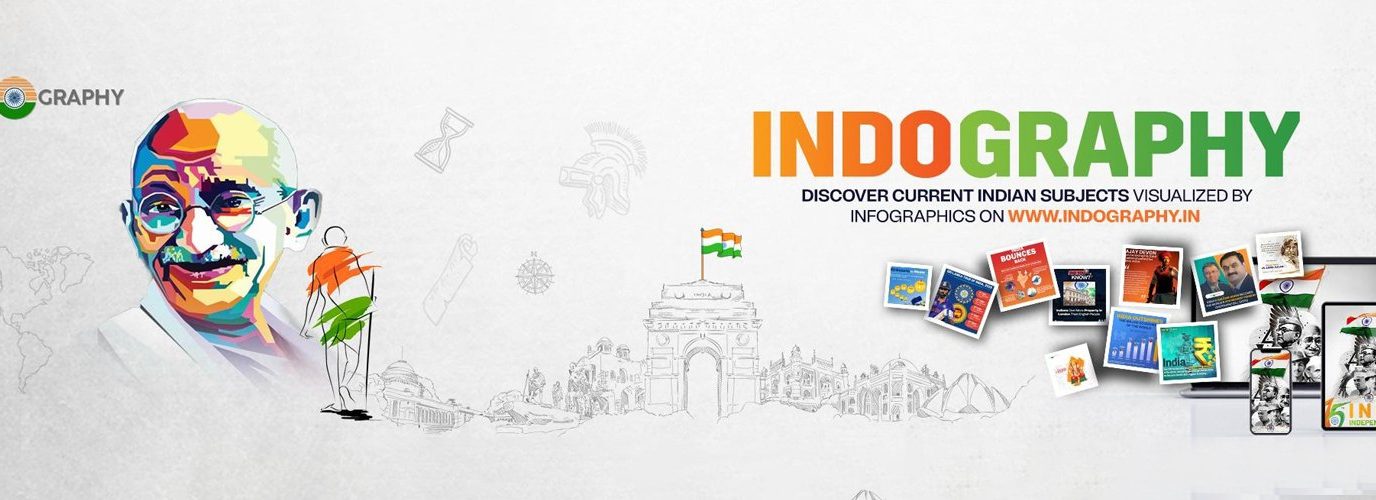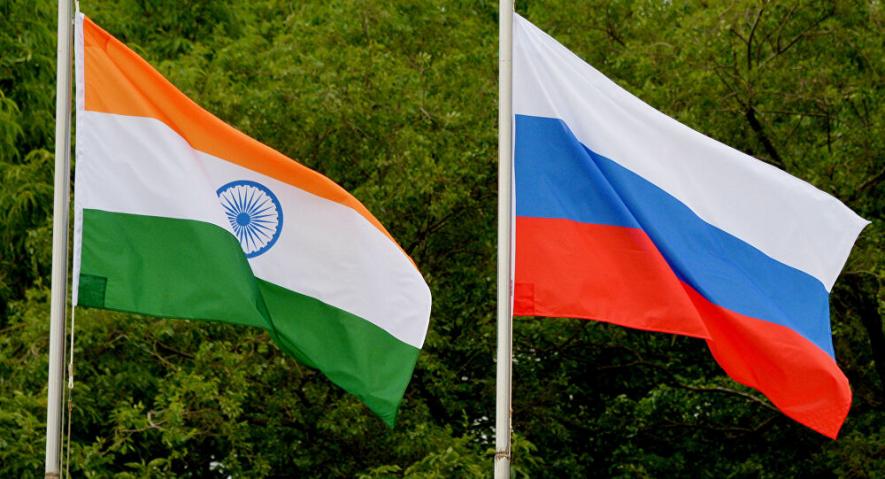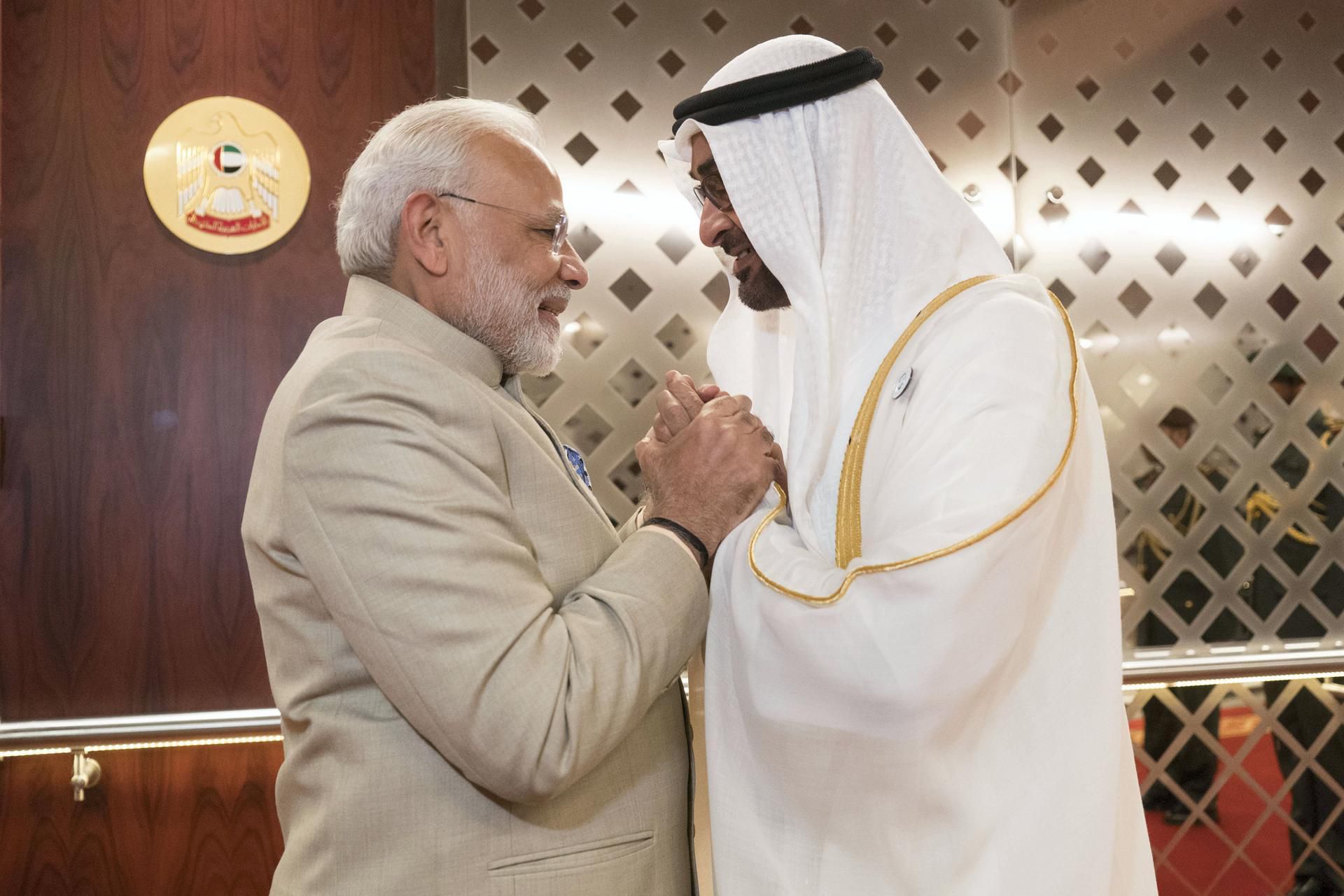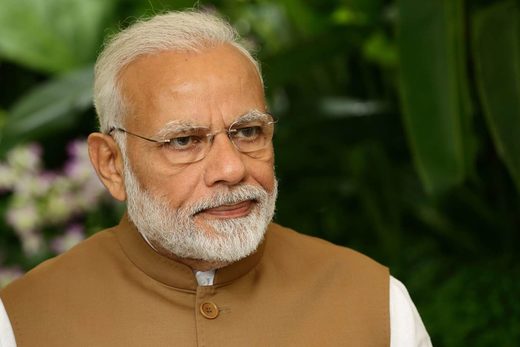On the occasion of the 75th anniversary of India’s independence, millions of homes will raise the tricolour in honour of the many men and women who gave their lives as martyrs to ensure that we can enjoy our freedom today. Recalling our past and what was essential in securing our freedom would help Har Ghar Tiranga transcend the slogan and the ritual.
The Indian Constitution and the Tiranga go hand in hand. A 12-person ad hoc committee was formed in June 1947 by the Constituent Assembly (CA) to choose the country’s flag. The group, known as the “Flag Committee,” was headed by Rajendra. It was expected that the committee’s members would advocate for the tricolour to be adopted as the country’s flag, but with the significant change of the Ashoka Chakra in place of the charkha.
The tricolour was officially accepted by the Congress party in a resolution from 1931, but in actuality, it was used by Indians as their primary flag in their fight for independence. Members of the CA frequently used the flag as a representation of sacrifice for a free India; HK Khandekar stated, “How many people gave their lives in exchange for having their children slaughtered or destroyed? The British Empire exerted all of its might to destroy our flag, but we Americans have always loved and guarded it. “
Of course, other flags signified important streams in the fight for independence. For instance, in their valiant battles against the British Raj and its local allies, the Communists, workers, and peasants raised the crimson flag, which they saw as a sign of struggle and sacrifice. The red flag was first flown in India in 1923 at a workers’ demonstration in Madras, and it later spread over the entire nation. The Adivasis had their own flags in all of their uprisings and rebellions against the British. One of the most motivating Adivasi voices in the CA, Jaipal Singh Munda, once observed, “Each (Adivasi) hamlet has its own flag, and that flag cannot be duplicated by any other tribe. I can guarantee that if someone ventured to question that flag, that specific tribe would defend it with their very last drop of blood. In the future, there will be two flags: this national flag, which represents our independence, and the other, which has existed for the last 6,000 years. The tricolour was approved as the national flag even though many other flags used in the national movement are still in use today. The red flag, for instance, is a proud emblem of the ongoing fight against injustice.
The fact that the flag’s colours didn’t stand for any one religious group because it was a secular flag was another topic of controversy. When submitting the resolution for the national flag, Jawaharlal Nehru said, “Some people have thought of it in terms of communities and feel that a certain part of it symbolises this group or that community because they have misread its importance. However, I should point out that there was no societal significance when this flag was created. “We proclaimed it in explicit words that the three colours had no communal connotation,” Shiban Lal Saxena, another member, said. “Those who have been driven insane by communalism today should not perceive our flag to be a communal flag.”
The meaning of the colours in the flag was variously interpreted in the discussion that followed, ranging from renunciation and sacrifice symbolised by the saffron, to closeness to nature symbolised by the green colour, to peace and nonviolence by the white—but all participants agreed that the flag was not communal. This flag instructs us to “Be ever vigilant, be ever on the move, go forward, strive for a free, flexible, compassionate, decent, democratic society in which Christians, Sikhs, Muslims, Hindus, and Buddhists will all find a safe haven,” according to Sarvepalli Radhakrishnan’s interpretation.
The third topic of debate was social justice and freedom from tyranny and hunger. There won’t be total freedom as long as there is starvation, hunger, a lack of clothing, a lack of necessities of life, and a lack of opportunities for growth for every single man, woman, and child in the nation, Nehru said when referring to the flag as a symbol of freedom. This sentiment was echoed in speeches by numerous other speakers. It is disheartening to think that millions of households would be excluded from Har Ghar Tiranga because they are landless, homeless, or have low incomes 75 years later. The huge inequities that contradict the emotions stated in the Constituent Assembly and necessitate a second independence fight are a result of the aggressive capitalist economic framework.
When the tricolour was accepted by the Constituent Assembly on July 22, 1947, these aspects—sacrifice for the nation’s freedom, unity to accomplish it, and social and economic justice—were the topics of discussion that were frequently brought up.
However, there was one political party, the RSS, that refused to support the tricolour. The Organiser, the RSS mouthpiece, declared in 1947, “The Tricolor may be placed in our hands by those who gained power via a stroke of luck, but Hindus would never revere it or claim ownership of it. Three is a poor number in and of itself, thus a flag with three colours is harmful to a nation and will undoubtedly have a negative psychological impact. ” The saffron flag served as and continues to serve as the organisational banner of the RSS, and it was this flag that the RSS desired to serve as India’s national flag, much as it desired the Manusmriti to serve as the foundation for India’s Constitution.
However, there was one political party, the RSS, that refused to support the tricolour. The Organiser, the RSS mouthpiece, declared in 1947, “The Tricolor may be placed in our hands by those who gained power via a stroke of luck, but Hindus would never revere it or claim ownership of it. Three is a poor number in and of itself, thus a flag with three colours is harmful for a nation and will undoubtedly have a negative psychological impact. ” The saffron flag served as and continues to serve as the organisational banner of the RSS, and it was this flag that the RSS desired to serve as India’s national flag, much as it desired the Manusmriti to serve as the foundation for India’s Constitution.
The RSS was outlawed two days after Mahatma Gandhi was killed by Nathuram Godse, the country’s first terrorist after independence. The recognition of the national flag was one of many requirements placed on the RSS a year later before the ban was lifted. In a May 1949 letter to RSS Chief MS Golwalkar, Home Secretary HVR Iyengar stated, “An express embrace of the National Flag would be important for assuring the public that there are no misgivings regarding devotion to the State.” The RSS was forced to agree to this.
The RSS warns folks now not to “politicise the subject” by reminding the country of its past. However, it is hesitant to admit that it was completely mistaken. On the other hand, Kalladka Prabhakar Bhat, a senior member of the RSS, recently asserted that the Bhagwa Dhwaj might replace the national flag if the Hindu samaj banded together.
The flag stands for certain core national principles of India that the RSS despises. The principles of the independence movement were based on patriotism that transcended religious affiliation and was connected to secular citizenship. In the face of a full-scale assault by those in authority and others whose goal in the liberation movement was to support the British policy of divide and rule, Har Ghar Tiranga must be a commitment to protecting and preserving those beliefs. The Constitution’s preamble and the historic phrase “we the people of India” (not “we the followers of this faith or that religion”), “hum Bharat ke log,” are shown alongside the raising of the flag.
